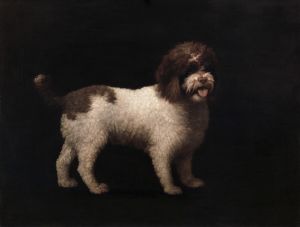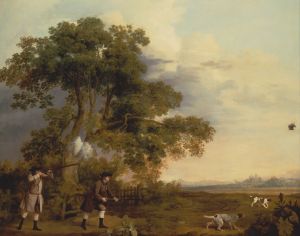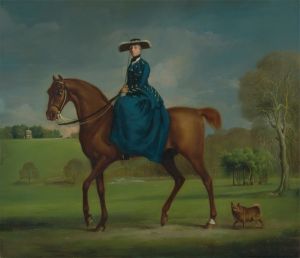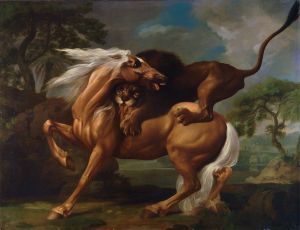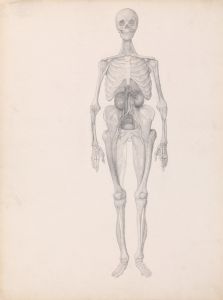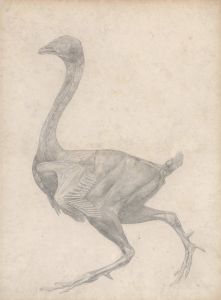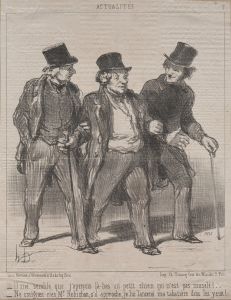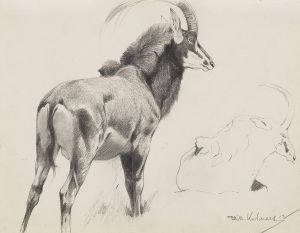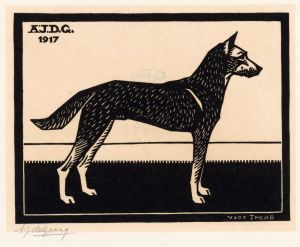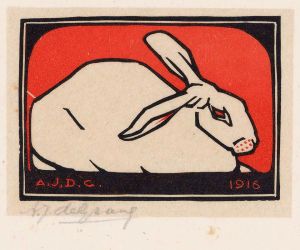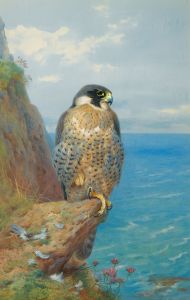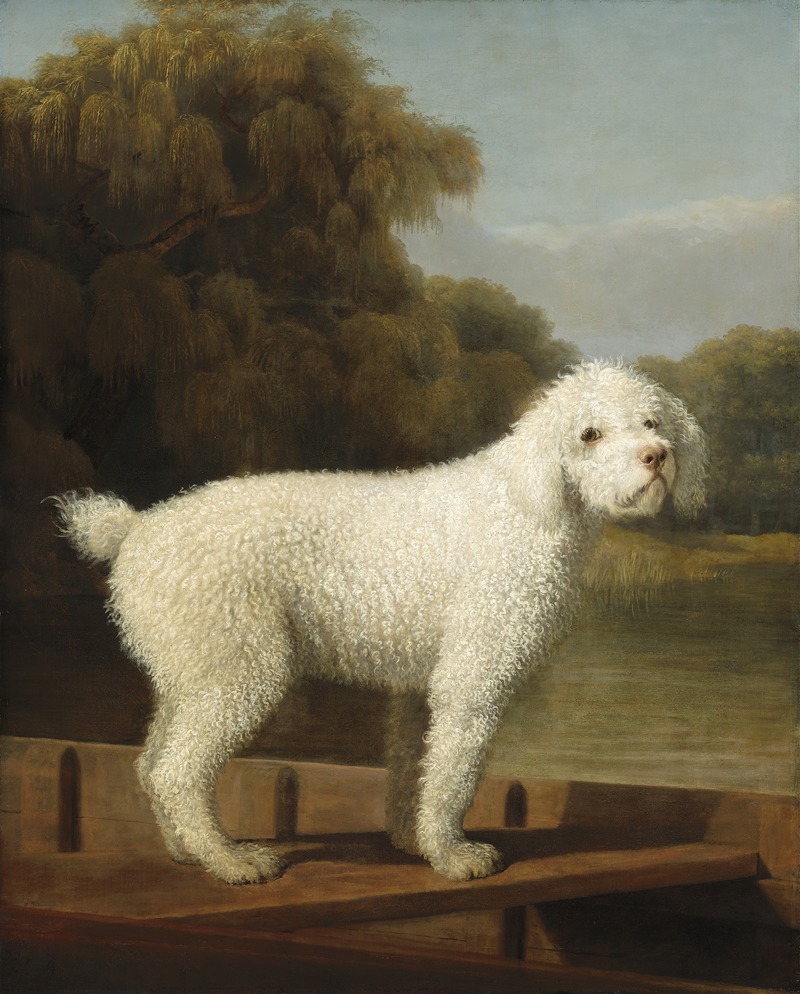
White Poodle in a Punt
A hand-painted replica of George Stubbs’s masterpiece White Poodle in a Punt, meticulously crafted by professional artists to capture the true essence of the original. Each piece is created with museum-quality canvas and rare mineral pigments, carefully painted by experienced artists with delicate brushstrokes and rich, layered colors to perfectly recreate the texture of the original artwork. Unlike machine-printed reproductions, this hand-painted version brings the painting to life, infused with the artist’s emotions and skill in every stroke. Whether for personal collection or home decoration, it instantly elevates the artistic atmosphere of any space.
"White Poodle in a Punt" is a painting by the renowned British artist George Stubbs, who is best known for his depictions of animals, particularly horses. Stubbs was born in 1724 and became one of the most celebrated animal painters of the 18th century. His work is characterized by a meticulous attention to detail and a deep understanding of animal anatomy, which he studied extensively.
The painting "White Poodle in a Punt" showcases Stubbs's skill in capturing the likeness and character of animals. It features a white poodle, a popular breed among the British aristocracy during the 18th century, seated in a small flat-bottomed boat known as a punt. The setting is serene, with the calm water and gentle landscape providing a tranquil backdrop for the central figure of the poodle. Stubbs's ability to render the texture of the poodle's curly fur and the play of light on the water demonstrates his mastery of both animal portraiture and landscape painting.
George Stubbs's interest in animals extended beyond horses, and he often painted other domestic animals and exotic creatures. His work was highly sought after by patrons who appreciated his ability to capture the essence of their beloved pets. The poodle in this painting is depicted with a sense of dignity and poise, reflecting the breed's status as a favored companion of the elite.
The painting is executed in oil on canvas, a medium that Stubbs frequently used. His technique involved building up layers of paint to achieve a rich depth of color and detail. This approach allowed him to create lifelike representations that were both scientifically accurate and artistically compelling.
"White Poodle in a Punt" is part of a broader tradition of animal painting that gained popularity in Britain during the 18th century. This genre was fueled by a growing interest in natural history and the desire of the wealthy to document their prized animals. Stubbs's work stands out for its combination of artistic skill and scientific observation, making him a pivotal figure in the development of animal art.
The painting is housed in a private collection, and as such, it is not as widely known as some of Stubbs's other works, such as "Whistlejacket" or "The Horse Attacked by a Lion." However, it remains an important example of his ability to capture the personality and beauty of animals in a natural setting.
George Stubbs's legacy as an artist is significant, and his influence can be seen in the work of later animal painters. His dedication to studying and portraying animals with accuracy and empathy has earned him a lasting place in the history of art. "White Poodle in a Punt" exemplifies the qualities that have made Stubbs's work enduringly popular: a keen eye for detail, a deep appreciation for the natural world, and an ability to convey the unique character of his animal subjects.





